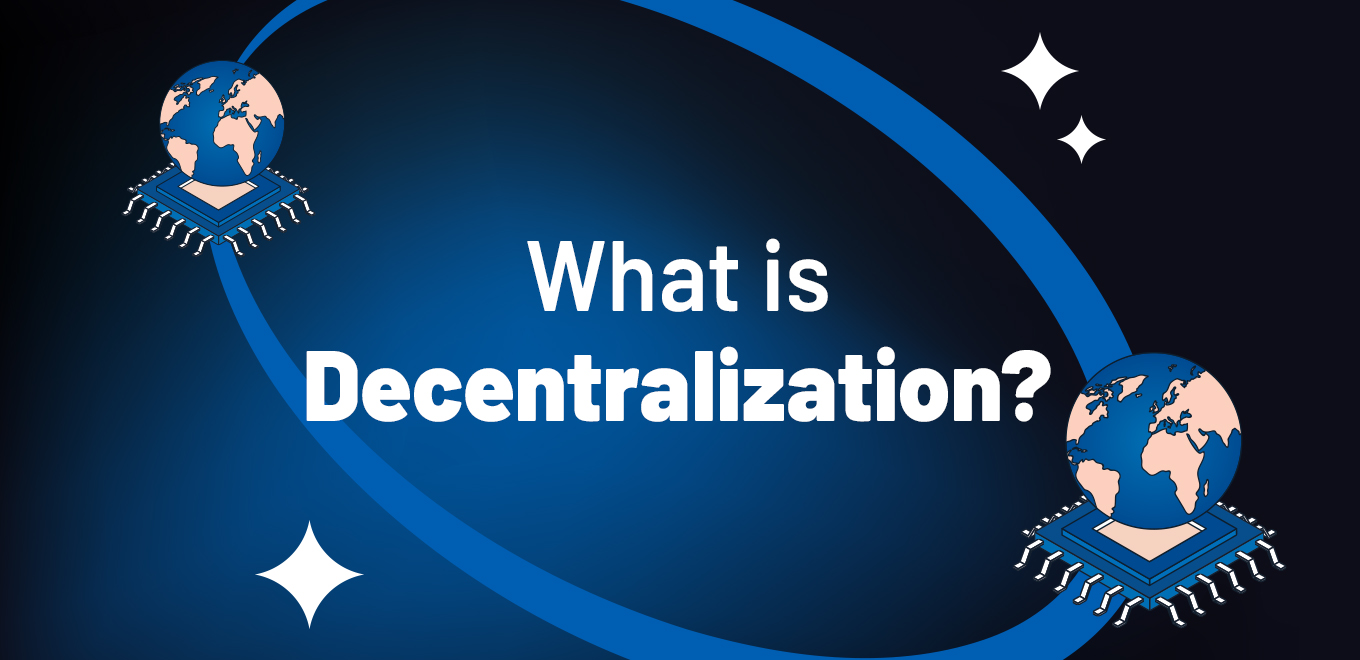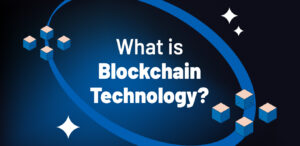The concept of decentralization, which we were introduced to when Satoshi Nakamoto launched Bitcoin in 2009, actually has roots that go back even further. In this article, we’ve gathered everything you might be curious about regarding decentralization, perhaps the most encountered term among those who have come across cryptocurrencies.
TABLE OF CONTENTS
What Does Decentralized Mean?
Decentralization, at its core and in the simplest terms, refers to the distribution of responsibility and the absence of management from a single central authority.
The decentralization of Bitcoin means that it is not directly dependent on a central entity such as a government, company, or individual. Instead, decision-making and control mechanisms are distributed equally among the participants in the network. As a result, no one can have sole authority or control over the transactions of the network or its users.
Let’s also touch upon the benefits and advantages of the decentralized structure of blockchain, which is considered a technological revolution in itself, as well as Bitcoin, which brings about a financial transformation.
In decentralized blockchains, there is no need for anyone to know or trust another participant. The participants (nodes) in the blockchain record all transaction data in their own ledgers and continuously coordinate with one another. Even if one or more participants manipulate their ledger, the altered records will not match the majority’s records, causing the coordination to break down, and the tampered ledgers will be excluded from the network. One of the greatest advantages of decentralized systems is that everyone monitors each other during the coordination process, which means that no one can engage in malicious activities.
In a blockchain, all data is shared publicly in real time. This increases efficiency in workflows and data reconciliation, making the auditing process more robust and, as a result, enabling the formation of a decentralized security structure.
Decentralization refers to a general infrastructure definition. Therefore, it is common to come across terms such as decentralized exchange, decentralized coin, and decentralized lending platform. All these terms refer to structures where, as mentioned above, there is no control by a single authority.
What is Centralization?
Centralization refers to the concept of centralized management, where the key elements that ensure the operation of the infrastructure are controlled by one or a few entities. In such centralized structural models, progress can be made quickly by making improvements to a small number of elements, particularly in terms of speed and scalability. In decentralized infrastructures, however, the large number of participants, each with an independent and equal role, makes the development process much more complex and challenging.
Although blockchain technology is often described as a decentralized technology because of Bitcoin, this is not entirely accurate. The blockchain infrastructure can also be centralized depending on the design of the cryptocurrency. For example, even if the number of validators on a blockchain appears to be multiple, if it is managed by a single person or group, this creates a situation where the blockchain is subject to centralized control. Therefore, whether a blockchain is decentralized or not depends on the number of validators in the network and, more importantly, on how independent they are.




